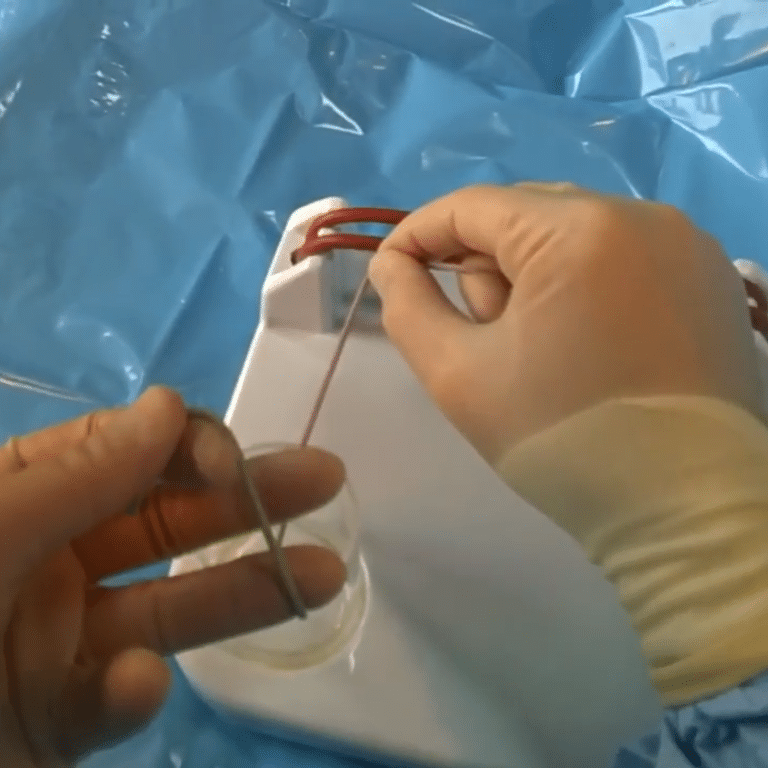

This results in the throws stacking up on top of each other as a series of half hitches rather than lying down flat and square. Even when throws are alternated appropriately, it is harder to cross the hands and lay the throws down flat. It is more difficult to tie a square knot one-handed.

While it is possible to lay knots down flat and square one-handed, because of the increased difficulty in doing so some surgeons will intentionally forgo a flat, square knot when tying one-handed and will compensate for adding additional throws.įailure to cross hands, resulting in series of half hitches: Even when throws are alternated, the throws often stack up on top of each other rather than lying down flat. The disadvantages of the one-handed tie are that it is more difficult to control knot tension and also that it is more difficult to tie a good square knot.

That said, it is helpful to be able to tie one handed with either hand, which gives the surgeons more options when tying in deep holes or at different angles.
#SURGERY KNOT TYING BOARD DRIVER#
It is most often performed with the non-dominant hand, so that (for example) a right handed surgeon is holding the needle driver in her right hand while tying with her left. The one-handed tie is often faster than a two handed tie, and can also be performed while still holding an instrument (such as the needle driver).


 0 kommentar(er)
0 kommentar(er)
